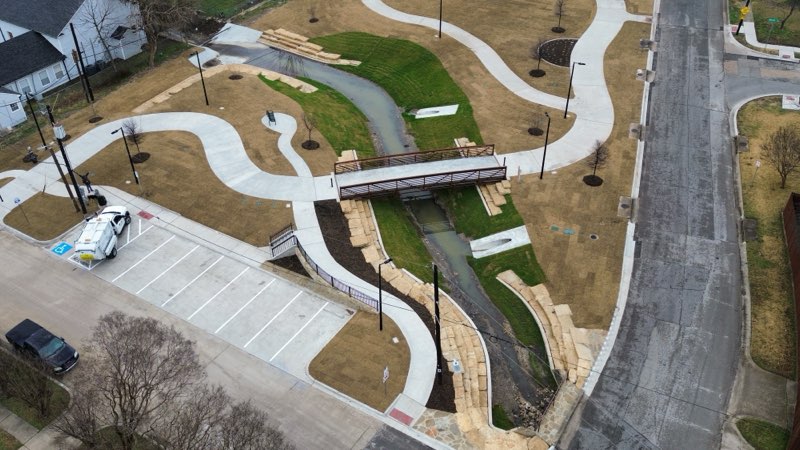
Understanding the Role of Reinforcement in Concrete Structures Apr 10, 2025
In the world of construction, concrete plays a foundational role in creating durable, long-lasting structures. However, to truly understand what gives modern concrete structures their strength and resilience, one must delve into the concept of reinforcement. Reinforcement in concrete is not just an added element; it is integral to ensuring structural integrity and longevity.To appreciate the role reinforcement plays, it's crucial to recognize that while concrete is exceptionally strong in compression, it is relatively weak in tension. This is where reinforcement comes in, essentially providing the tensile strength necessary to withstand various forces. Reinforcement effectively bridges the gap between compression and tension, resulting in a more robust and reliable structure.The most common form of reinforcement is the use of steel rebar. Steel is chosen for its excellent tensile strength and its compatibility with concrete in terms of thermal expansion. When concrete cures around steel rebar, the two materials bond together, allowing them to work in concert to counteract different forces and stresses. This synergy is essential in areas subjected to loading conditions that would otherwise crack or break non-reinforced concrete.Another fascinating aspect of reinforcement is the innovative use of fiber-reinforced concrete. This method involves incorporating fibers—be it steel, glass, or synthetic materials—into the concrete mixture. These fibers distribute load and stress, reducing cracking and increasing resistance. Fiber-reinforced concrete is particularly useful in applications where reduced weight and increased tensile properties are required.The design and placement of reinforcement are meticulously planned by civil engineers, ensuring optimal performance. Strategic positioning of the reinforcement bars, along with proper coverage, is carefully calculated to prevent corrosion and maintain structural safety over the years. Understanding these processes is essential for any construction project that relies on reinforced concrete.Beyond technical specifications, the role of reinforcement extends to environmental impact and sustainability. Engineers are increasingly exploring ways to use recycled materials as part of the reinforcement process, such as recycled steel or eco-friendly fibers. This not only reduces the carbon footprint of construction projects but also aligns with global sustainability goals.It's important for everyone involved in construction, from planners to contractors, to grasp the vital role of reinforcement. At EMG Construction, we believe that education and understanding go hand in hand with quality execution. By appreciating the fundamentals of reinforcement, project stakeholders can collaborate more effectively, leading to safer, more efficient structures.In conclusion, reinforcement is not merely an addition to concrete structures; it is a fundamental component that enhances their performance, safety, and longevity. As concrete structures continue to dominate modern construction, the role of reinforcement will only grow in importance. With ongoing advancements in materials and techniques, reinforced concrete remains a critical element in building the resilient infrastructure our future demands.Whether you're embarking on a new project or looking to upgrade existing structures, understanding the vital role of reinforcement is crucial. At EMG Construction, we are committed to providing top-notch concrete services with a deep appreciation for the intricacies that make concrete structures stand strong. Contact us today for expert guidance and support in your construction endeavors.
/filters:no_upscale()/media/0260e8a8-d971-45bd-9bdf-ce5d0481b22d.jpeg)
/filters:no_upscale()/filters:format(webp)/media/7c6561c7-cabe-4325-84e7-9be60279968c.jpg)